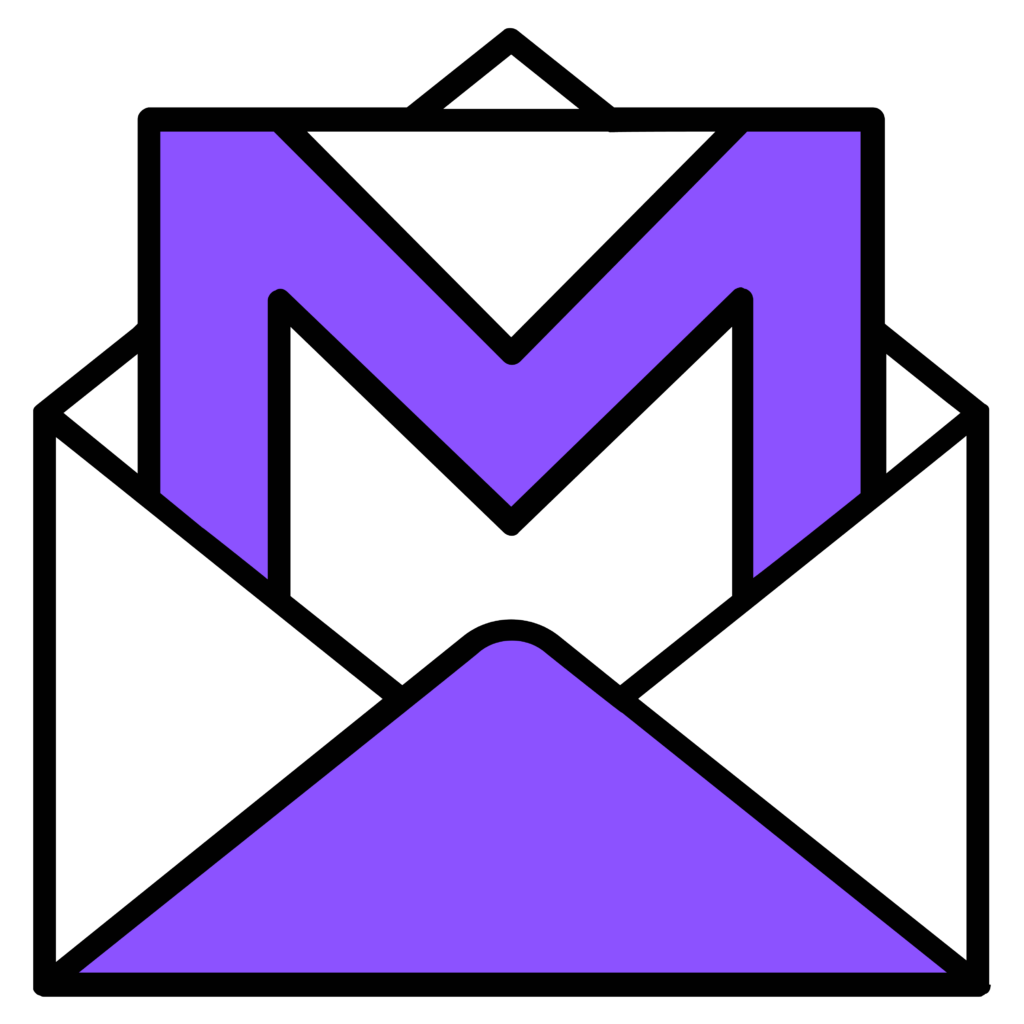
The importance of Email subject line
An email subject line is the text that appears in the subject field of an email, providing a preview of the content or purpose of the email. It’s the first thing recipients see when they receive an email in their inbox, and it often plays a crucial role in whether or not the email gets opened.
First Impression: The subject line is the first impression a recipient has of your email. A well-crafted subject line can entice recipients to open the email, while a poor one may cause them to ignore or delete it.
Sets Expectations: It helps set the expectation for what the email contains, whether it’s a promotional offer, an update, or information like a newsletter or event reminder.
Influences Open Rates: A compelling subject line can significantly improve open rates, which is a key metric for evaluating the success of email marketing campaigns.
Best Practices for Email Subject Lines
Keep It Short and Concise:
- Aim for 5-9 words or 30-60 characters to ensure the subject line fits well on both desktop and mobile screens.
- Shorter subject lines tend to have higher open rates as they quickly convey the message.
- Example: “Exclusive Deal: 20% Off Today”
Personalize When Possible:
- Adding the recipient’s name or location can make the email feel more personal and increase the chance of it being opened.
- Dynamic fields can be used to insert personalized elements.
- Example: “Hey [Name], Your Weekly Fashion Picks Are Here!”
Use Action-Oriented Language:
- Use verbs to create a sense of urgency or encourage the recipient to take a specific action.
- This makes it clear what you want the reader to do.
- Example: “Claim Your Free Ebook Now!”
Create Urgency and FOMO (Fear of Missing Out):
- Adding time-sensitive language can encourage recipients to act quickly.
- Words like “Today Only,” “Last Chance,” or “Ends Tomorrow” can boost open rates.
- Example: “Flash Sale: 50% Off Ends Tonight!”
Be Clear About the Content:
- Let recipients know what to expect when they open the email.
- Avoid being too vague or misleading, as this can result in high unsubscribe rates.
- Example: “Your Monthly Report Is Ready for Download”
Use Numbers and Lists:
- Including numbers can make the subject line more structured and attractive.
- List-based subject lines often perform well because they promise clear, digestible content.
- Example: “Top 5 Tips for Better Sleep”
Test with A/B Testing:
- Experiment with different subject lines using A/B testing to see which version resonates more with your audience.
- Focus on variations in tone, length, personalization, and urgency.
- Example: Test “Don’t Miss Out: Sale Ends Soon” vs. “Save Big Today Only”
Avoid Spammy Words:
- Words like “Free,” “Cash,” “Urgent,” and “Win” can trigger spam filters, especially if used excessively.
- Avoid using too many exclamation marks or ALL CAPS, as these can also be flagged.
- Example: Instead of “Free Gift Inside!!!” use “Your Special Gift Awaits”
Ask a Question:
- Asking questions can pique curiosity and make the reader more inclined to open the email to find the answer.
- Example: “Struggling to Stay Focused? Try This”
Use Emojis Wisely:
Example: “Ready for 
Tips for Effective Email Subject Lines
Know Your Audience: Understand what kind of language and tone resonates with your target audience. A casual subject line might work for a fashion brand, but a more formal tone might be better for financial services.
Make It Intriguing, Not Misleading: Creating curiosity is good, but avoid misleading your readers. A misleading subject line might lead to a high open rate initially but could damage trust over time.
Use Preheader Text Wisely: The preheader text, or the text that appears next to the subject line in many email clients, can complement your subject line and provide extra context.
Segment Your List: Customize subject lines based on different segments of your email list (e.g., new subscribers, loyal customers, cart abandoners). This makes the message more relevant.
Focus on Benefits, Not Just Features: Highlight the value or benefit that the reader will receive rather than just describing a feature.
Example: Instead of “New Features in Our App,” use “Get More Done with Our App’s New Features!”.
Examples of Effective Email Subject Lines
- Promotional:
- “Your 50% Off Coupon Expires Today!”
- “Buy One, Get One Free—Limited Time Offer”
- “Summer Sale: Up to 70% Off”
- Welcome Emails:
- “Welcome to [Company]! Here’s What You Need to Know”
- “Glad You’re Here! Get Started with Your Free Guide”
- “Your Exclusive Member Benefits Inside”
- Engagement and Re-engagement:
- “We Miss You! Here’s 20% Off to Come Back”
- “It’s Been a While—See What’s New!”
- “Still Interested? Your Cart Awaits”
- Content or Educational Emails:
- “10 Ways to Improve Your Productivity”
- “The Ultimate Guide to Email Marketing”
- “Webinar Reminder: How to Grow Your Business Online”
- Curiosity-Driven:
- “You Won’t Believe What’s Inside…”
- “This Change Will Save You Time—Find Out How”
- “Guess What’s Back in Stock?”
- Seasonal or Holiday:
- “Get Ready for the Holidays with Our Gift Guide
”
- “Spooky Savings: 31% Off for Halloween”
- “New Year, New Deals—Start 2024 Right”
- “Get Ready for the Holidays with Our Gift Guide
By following these best practices, using attention-grabbing language, and aligning your subject lines with the needs of your audience, you can significantly improve your email open rates and drive more engagement with your campaigns.
